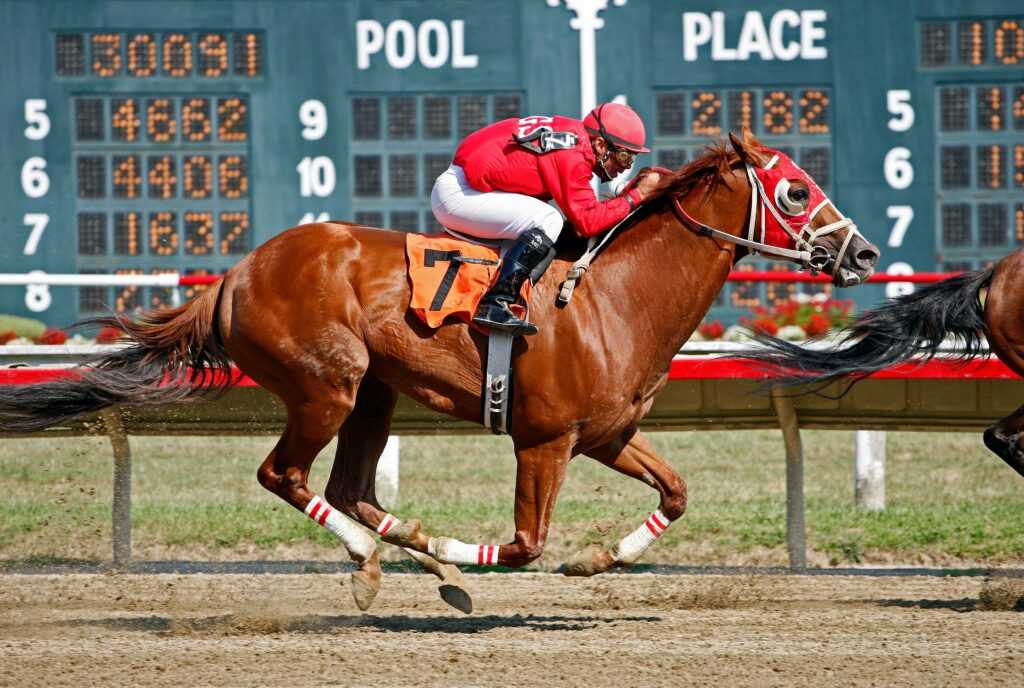Sports betting has become more than just a hobby—it’s now a major part of how many fans engage with sports. As the industry grows, so does the need for bettors to understand the principles that underpin smart wagering. One of the most fundamental dynamics in sports betting is the contrast between betting on favorites and betting on underdogs.
Recognizing how each side of the equation works can help new and experienced bettors make more calculated decisions. This article breaks down the basics of sports betting and explores the strategies and psychology behind choosing between favorites and underdogs.
Understanding Sports Betting Basics
At its core, sports betting is the act of placing a wager on the outcome of a sporting event. This can involve predicting the winner of a game, the margin of victory, or even specific statistics like how many goals or points a player will score.
To get started, it’s important to be familiar with basic betting terminology. Here are some key terms every bettor should know:
- Moneyline: A bet on who will win the game outright.
- Point spread: A bet that accounts for the margin of victory.
- Totals (Over/Under): A wager on whether the combined score will go over or under a specified number.
- Odds: Numerical values that represent the likelihood of a particular outcome and determine potential payouts.
Using platforms like FanDuel Sportsbook, bettors can choose from a wide variety of bet types across different sports and events. Once a bet is placed and confirmed, the outcome depends on how accurately the bettor’s prediction matches the actual result.
Betting on Favorites
When a team or athlete is labeled as the “favorite,” it means they are statistically more likely to win. This is reflected in the odds, which are generally less profitable but more stable for favorites. Betting on favorites is popular among both beginners and experienced bettors due to the perceived safety of wagering on a stronger competitor.
However, betting on favorites is not without its pitfalls. While they are more likely to win, the returns are usually smaller. This means a bettor must have a high win rate just to break even. In some cases, favorites can be overvalued, with odds offering little return for the risk involved.
Many people also make the mistake of betting on favorites indiscriminately, assuming that better teams or athletes always win. Factors like team fatigue, travel schedules, recent form, and psychological pressure can all affect performance, regardless of the odds.
For example, a top-seeded basketball team might enter a game as a heavy favorite, but if they are playing back-to-back road games or resting key players, they could be vulnerable to an upset. In such cases, betting on the favorite without considering these factors can lead to unnecessary losses.
Betting on Underdogs
Underdogs are the teams or individuals expected to lose based on betting odds and expert predictions. While betting on underdogs carries a higher level of risk, it also comes with the potential for significantly higher payouts. This is because sportsbooks assign more attractive odds to outcomes that are perceived as less likely.
Despite the risk, betting on underdogs can be a smart strategy if approached correctly. When evaluating underdogs, it’s important to identify opportunities where the odds may not reflect the true potential of the team or athlete. Situational advantages—such as playing at home, favorable matchups, or recent improvements—can provide an edge.
That said, overvaluing the payout potential without a solid basis can be a costly mistake. Chasing high returns without researching the context can lead to losses, especially if the decision is based on emotion rather than data. A successful underdog bet is one backed by logic, not luck.
A notable real-world example can be seen during major sports tournaments, such as the NCAA March Madness, where underdog teams often pull off dramatic upsets. Bettors who spot these opportunities ahead of time—often by analyzing team dynamics and recent form—can benefit from the high reward nature of such bets.
Key Strategies to Apply Whilst Betting on Favorites or Underdogs
Winning at sports betting requires more than gut instinct—it calls for a smart, informed approach. Whether you’re backing a favorite or taking a shot on an underdog, timing, discipline, and research matter.
Start with reliable data. FanDuel Research and other reliable sources offer valuable insights into team stats, betting trends, and matchups, helping you spot value others might miss. Use these insights to go beyond surface-level odds and make informed decisions.
Knowing when to bet is just as important as knowing who to bet on. Odds shift based on news, injuries, and betting volume. Monitor line movements to lock in the best value, and avoid jumping in too early—or too late.
Manage your bankroll carefully. Set limits, bet consistently, and avoid chasing losses. Emotional decisions often lead to mistakes, so stay focused on long-term strategy, not short-term results.
With the right balance of analysis, timing, and discipline—backed by trusted sources like FanDuel Research—you can bet smarter, whether you’re siding with the favorite or betting on the upset.
Conclusion
The divide between favorites and underdogs is one of the most fundamental dynamics in sports betting, and understanding it is essential for anyone looking to wager intelligently. Favorites offer higher probabilities and safer returns, while underdogs offer more risk but potentially greater reward.
Whether you’re placing your first bet or looking to refine your existing approach, the key is to remain balanced, thoughtful, and data-informed. Betting success doesn’t come from chance alone—it comes from preparation, perspective, and patience.


 Johnner Ortegallera is the visionary founder of Rush Gambler Win, a leading platform dedicated to delivering the most current and comprehensive news in the gambling industry. Covering everything from casino games and sports betting to esports wagering and cryptocurrency gambling, Johnner has created a hub where players and bettors can stay informed and ahead of the game. With a strong focus on providing valuable insights, expert strategies, and practical tips, he is committed to empowering gamblers to enhance their skills, expand their knowledge, and make smarter, more confident decisions. Under his leadership, Rush Gambler Win continues to set the standard for excellence in gambling content.
Johnner Ortegallera is the visionary founder of Rush Gambler Win, a leading platform dedicated to delivering the most current and comprehensive news in the gambling industry. Covering everything from casino games and sports betting to esports wagering and cryptocurrency gambling, Johnner has created a hub where players and bettors can stay informed and ahead of the game. With a strong focus on providing valuable insights, expert strategies, and practical tips, he is committed to empowering gamblers to enhance their skills, expand their knowledge, and make smarter, more confident decisions. Under his leadership, Rush Gambler Win continues to set the standard for excellence in gambling content.
